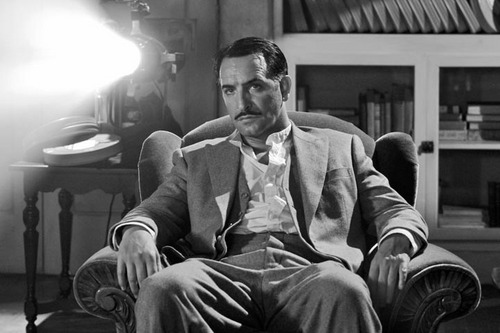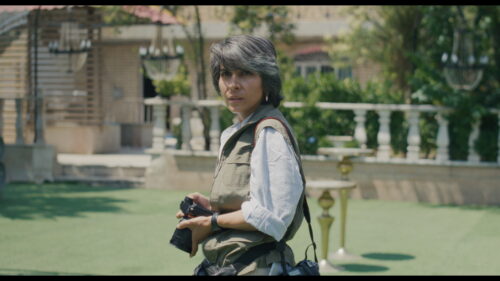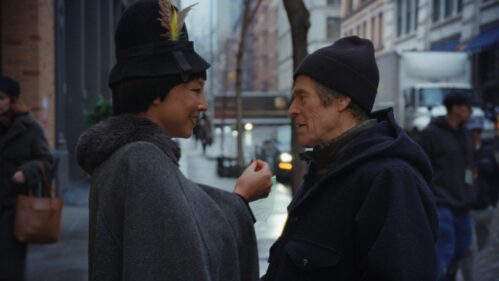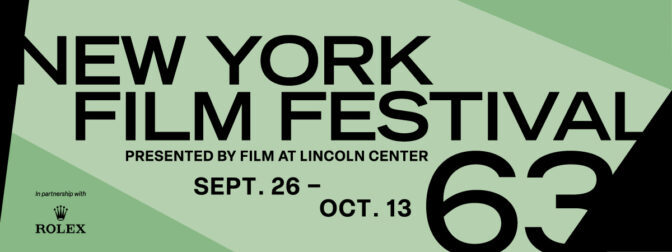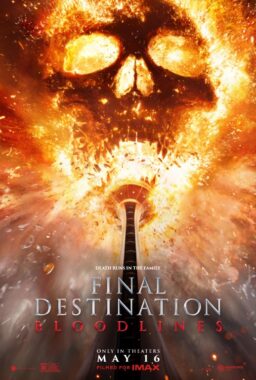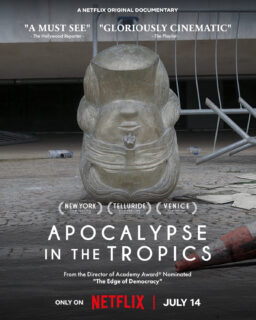Following a heavy rain in the late afternoon yesterday, this morning in Cannes was gloriously sunny, the sky becoming more perfect and cloudless as the day progressed. I was hoping for a group of films to blow away yesterday’s prevailing images of poverty, oppression, and child abuse. “The Artist” by Michel Hazanavicius, screening in competition, seemed like it could do the trick. It’s a romance set in Hollywood; and strangely enough, it’s conceived as a silent film.
“The Artist” has the most self-congratulatory press kit I’ve ever seen — 55 glossy illustrated pages of in-depth interviews with all the key figures involved with the production, everyone congratulating and complimenting everyone else for their fabulous work. Could the film measure up to this? Not hardly. It is indeed a black-and-white silent film with musical accompaniment. Director Hazanavicius has attempted to revive the techniques of the silent cinema to tell a story entirely through acting, with text intertitles replacing spoken dialogue.
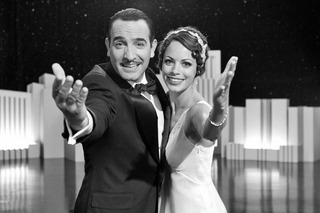
The story opens in 1927, when George Valentin (seemingly modeled on Douglas Fairbanks) is the world’s biggest movie star. His roles as a romantic leading man and swashbuckling hero make him untouchable at the box office. Strikingly pretty, energetic extra Peppy Miller (she most reminded me of Paulette Goddard) worships him from afar. As luck would have it, from bit parts like “the maid,” she rapidly advances toward stardom and the advent of sound seals the deal. Peppy becomes a megastar, while George, who has staked his reputation and fortune on the assumption that the silents will prevail, loses everything. Meanwhile, Peppy hasn’t forgotten that dashing man she once idolized.
“The Artist” is part “A Star Is Born,” part “Singin' in the Rain,” and part dozen or more other movies that are referenced, parodied or suggested. The problem with this pastiche is that the genuine silent cinema was so much better. Silent-era actors were more than talking figures with the sound turned off, and silent cinema developed a whole visual language of communication that “The Artist” lacks. The novelty of its silence wears off quickly.
To the surprise of festival veterans, there were oddly-phrased signs posted all around the line-up area for “Code Blue” by Urszula Antoniak, playing in the Quinzaine (Directors Fortnight). They read: “Some scenes in the film ‘Code Blue’ may hurt the audience feelings.” Films here don’t usually come with warnings. I had very much liked the director’s previous film “Nothing Personal,” and was certainly curious to find out how my feelings would be hurt.

It turns out that “Code Blue” is the film to which I have had the strongest negative reaction of any film I’ve seen at the festival so far, but I wasn’t alone in that. There were walkouts throughout, but about ten minutes from the end, a large part of the audience simply decided that they’d had enough and started streaming out. I’ve never seen anything to match it at Cannes. So many people were leaving that the guards had to prop open the exit doors although the film wasn’t over.
“Code Blue” is about a nurse who works in a nursing home. She cares for the infirm and elderly charges, some of whom are suffering, and she sometimes acts as angel of death, dispatching them according to her own judgment. Her private life is depicted as an empty, solitary existence in a stark Euro-modern apartment. There is little there of personal meaning to her except for cabinet holding her collection of mementos of the deaths for which she has been the catalyst. The most recent addition is a comb holding a few grey hairs.

One night, from her high-rise window she observes a woman being violently raped by two men on the beach below. A male neighbor is watching too. The next day she visits the beach and discovers a used condom and the gag that had been in the woman’s mouth. If you guess that her next move was to call the police you would be wrong. She takes the condom home and rubs the rapist’s semen into her vagina. She subsequently initiates a sexual encounter with the voyeur neighbor, who beats her to death.
I ponder what life experience, if any, this film came out of. I don’t have a problem with violence, death, or any form of sexuality as content in art, but I do have a problem with a film that seems like an arty, empty, beautifully-composed facade for half-baked ideas.
It’s strange how days at this festival seem to fall into themes, and “Stopped on Track” by Andreas Dresen offered a contrasting view of infirmity and death. Dresen got a lot of international festival play with his 2008 film “Cloud Nine.” Its a drama about marriage, sex, and infidelity. What made “Cloud Nine” unusual was that all of the characters were elderly. Dresen’s work tends to be low key, naturalistic and highly perceptive.

“Stopped on Track” is about a family man who learns that he has an inoperable brain tumor, and has at most, three months to live. Frank and his wife tell their two kids the hard facts and the family adjusts to the new normal. The two consult with an array of counselors and are advised things like: enjoy life; be good to yourself; think of the illness as your friend. They take the kids to a water park, and confess to each other that they never wanted to go to Thailand or the Maldives anyway. Frank begins a video diary on his iPhone.
The audience was in tears for this one, as the painful yet rewarding experience of living through a family member’s progression toward an inevitable death played out. There is no high drama at any point in this film. The simple, true reality of it, and the extraordinary loving nature of it are the things that grab your heart.
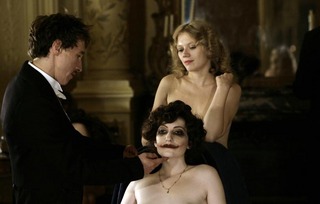
My final film of the day, “House of Tolerance” by Bertrand Bonello, was screening in competition. It was a treat for the eyes in terms of lavish costumes and production design, but somewhat less satisfying in its mixed message. Set in a high-class Parisian brothel from 1899 to 1900, the story spins off from two events: the face of one of the women is horrifyingly disfigured by one of her regular clients; and, a new girl, only 16 years old, arrives at the house from the countryside.
The areas of the house used for entertaining men are sumptuously decorated in the height of late 19th-century style, with an emphasis on velvets, brocade and gilt. The living areas where the women spend their few off hours are bare and mean like servants quarters. Director Bonello emphasizes the difference as he concentrates on the relationships of the women with each other. Having no one else to care, the women care for each other. This is typified in scenes like a jolly family-style dinner as they gossip and tease each other like schoolgirls.

Bonello does some odd things with this film. First of all, despite the obvious amount of research that has gone into creating the entire milieu with historical accuracy, he injects contemporary music ranging from blues to rock at various points. I know he has stated a complex rationale having to do with slavery in the press kit, but the ploy doesn’t work on the screen.
Secondly, Bonello’s point about enslavement, underlined by the additional bad things that occur–one woman becomes addicted to opium; another dies of syphilis–seems to me to be undercut by the evident nostalgia he also demonstrates for this brothel system. The house is forced to close for financial reasons, and through a half-dozen different false endings the film mourns the loss. Music from “La Boheme” swells; a single petal falls meaningfully from a white rose; a red light is turned off for the last time; a beautifully costumed courtesan disappears down a hallway for the last time.
Goodnight “House of Tolerance;” goodnight Bertrand Bonello; goodnight Cannes; tomorrow’s another day.


